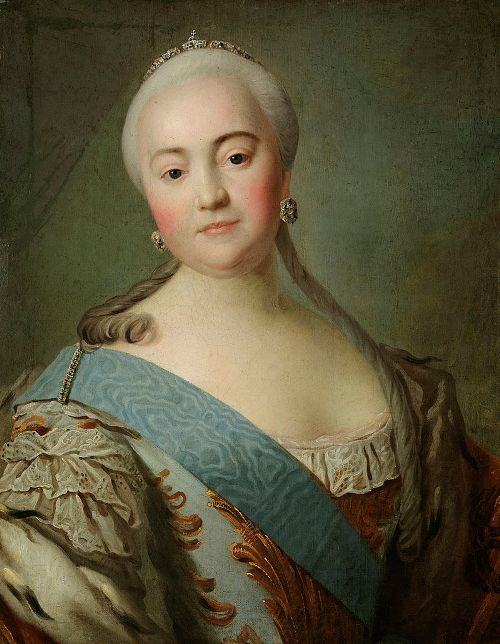
Empress Elizabeth Couture of Power ruled Russia from 1741 to 1761
The Empress Elizabeth, who ruled Russia from 1741 to 1761, is remembered more for her 15,000 dresses, fun-loving nature and great beauty, than for any political decision she ever made. Overshadowed by her legendary descendant, Catherine the Great, Elizabeth is praised for sponsoring the founding of Moscow University, but her other achievements and important failures have been passed over. Her personal flaws and virtues have been hidden under an official portrait of loveliness and good-natured indolence. This post is an interpretive look at the days and nights of Peter the Great’s passionate daughter.
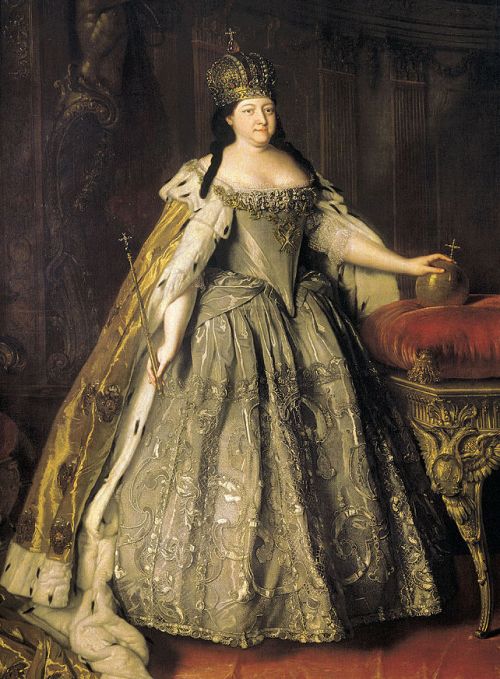
After the death of Peter the Great, Russia had to wait for 37 years before the throne was occupied by an heir worthy of him, Catherine II. In the meantime, six different men and women tried their hand at Peter’s job with varying degrees of success. Among these, the Bronze Horseman’s handsome daughter Elizabeth, was the most talented, remaining in power a full 20 years, from 1741 to 1761. But besides being Peter the Great’s daughter, prone to cross-dressing and selfish pleasure, who was Elizabeth?
Elizabeth, like all her female counterparts in the nobility, was not brought up to be the main governing figure in the country. She was supposed to be a charming wife and a mother, the well-bred mate of an upper-class husband selected from among numerous German noblemen. Ironically, she became neither. But, as benefiting her elevated station, she did master the sort of genteel manners that had escaped Peter the Great, and even became fluent in several European languages.
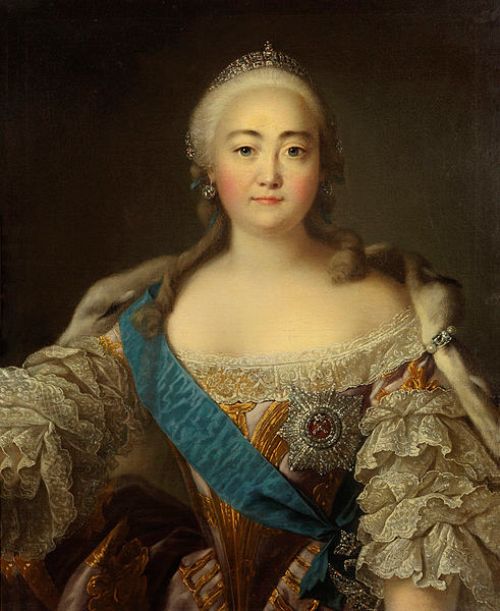
She was also an accomplished dancer and rider.
Raised in a sequestered environment, the flighty and beautiful Elizabeth remained, for a long time, fairly indifferent to whatever might happen in Russia’s power corridors. This apathy pleased the current Empress, Anna, who was uneasy about Elizabeth’s political potential, since not only was she the daughter of Russia’s legendary tsar, but as a stunning woman, had many supporters at Court and in the army.
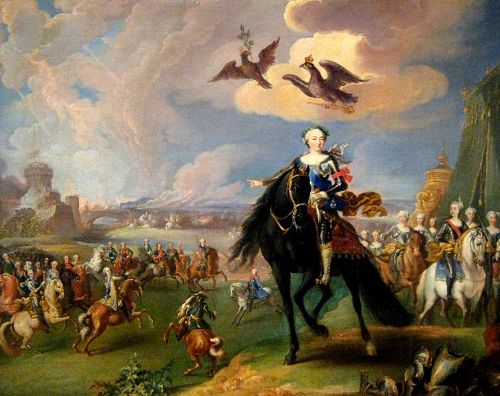
Therefore, Empress Anna, the late tsar’s niece, a very fat, tall and unattractive woman, did not like being around the lovely Elizabeth. The latter perceived the empress’ unfriendliness and did her best to avoid her company. Instead she occupied herself with things more common for a woman of her standing: men, clothing and her legendary beauty. She was apparently very successful, since the Spanish envoy, Deliria, said at the time, “The 18-year-old princess is a rare beauty. Anna has got fair complexion, expressive eyes, and the best physique you’ve ever seen. She is tall and lively, she is good at dancing and riding. She is not without intelligence and likes to attract men’s attention”.

Elizabeth’s life began to change in the autumn of 1740, when Empress Anna died. Shortly before her death, the Empress had chosen Ivan, the two-month-old son of her niece Anna and the Prince of Brunswick, Anton Ulrich, to be heir to the Russian crown. Though both of Ivan’s parents resided at court, the Empress selected her favorite (and the power behind her throne), Ernst-Johann Biron, to be regent until Ivan attained his majority. Ivan, like Empress Anna, was of the lineage of Ivan V, Peter the Great’s half-brother and co-tsar.
Impatient to rule herself, 22 days after the empress’ death, Anna overthrew Biron and installed herself as regent for Ivan VI. Elizabeth, meanwhile, following the course of her royal blood, was not one to sit by while her relatives had all the fun.
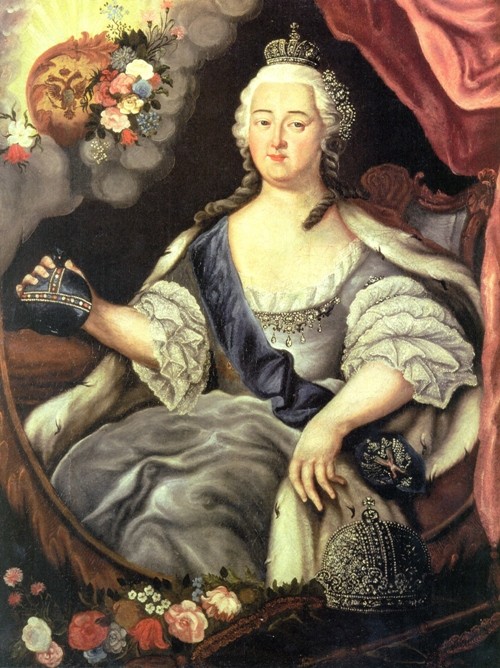
With the support of her many friends, Elizabeth began to be tempted by the much coveted crown.
Matters came to a head in late November. On the 23rd, Anna confronted Elizabeth with rumors that the latter was plotting a coup. By the next evening, when it became clear she had to act (or face a nunnery), she prayed in her room, pledging to do away with capital punishment in Russia if she was successful.
Just after midnight on the morning of the 25th, Elizabeth and her allies arrived at the barracks of the elite Preobrazhensky Guards (founded by Peter the Great). Elizabeth stood before the troops declaring, “You know whose daughter I am! Will you follow me?”
“We’re ready! We’ll slay them all!” the troops responded…
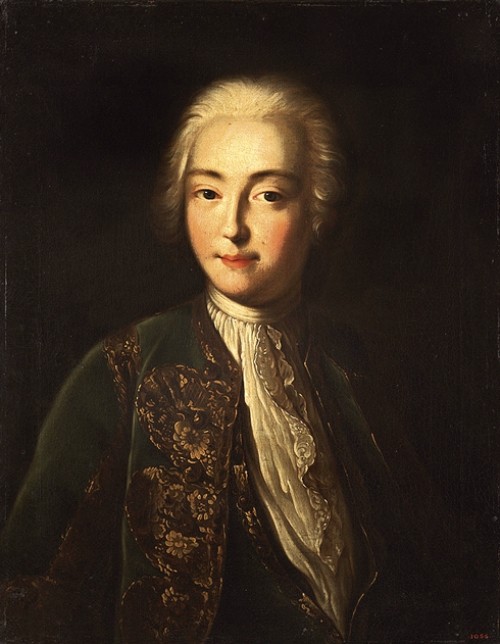
Thus, the 20-year reign of Elizabeth began. A reign of frivolity, economic damage, cultural triumphs and mass despair. Elizabeth, content to simply enjoy herself, savored that which interested her, while letting all did not fall by the way-side. She appointed ministers, some inspired, others simply shady, rewarded her friends with the state’s resources, and did not overly worry herself with what her people, or indeed history, thought of her.
In contrast to her famous father who believed that a monarch should actively rule as well as reigh (he took part in battles, wrote decrees, built vessels and performed many other practical functions), Elizabeth saw her position as an opportunity to lavish on herself and her intimate friends all the accouterments of good life.

For example, she used to change her outfit several times a day and possessed altogether 15 000 dresses.
She was equally mad about staging various sorts of masked balls, some of which were called “metamorphoses”. During these festivities, men were supposed to wear women’s dresses and vice versa. Elizabeth enjoyed the opportunity the balls gave her to show off her sleek, sexy figure in a tight fitting military uniform. Confident in her androgynous beauty, the Empress mocked those other men and women who looked less than stunning in whatever they had been able to find.
Unlike Catherine II, her notoriously sensuous scion, Elizabeth, in the capacity of empress, had only two “favorites”, or intimate male friends. The first of them was the son of a Ukrainian Cossack, Alexis Razumovsky, a chorister brought to St. Petersburg. Princess Elizabeth fell in love with his wonderful voice and easy-going nature, and when she became the empress, she made him a duke.

Unlike others in Elizabeth’s court, Razumovsky was a friendly and straightforward fellow.
He was alien to inter-palace intrigues and opted for keeping away from domestic affairs, to say nothing of foreign policy. He was quite content in his romantic relationship with the empress. If he had any weak points, it was that he never stopped taking care of the material well-being of his numerous relatives at Elizabeth’s expense. For example, thanks to his patronage, his brother Cyril received a good education and when he reached the age of 22, was appointed hetman, or ruler of Ukraine, a system which the empress had decided to establish, though her father had abolished it.
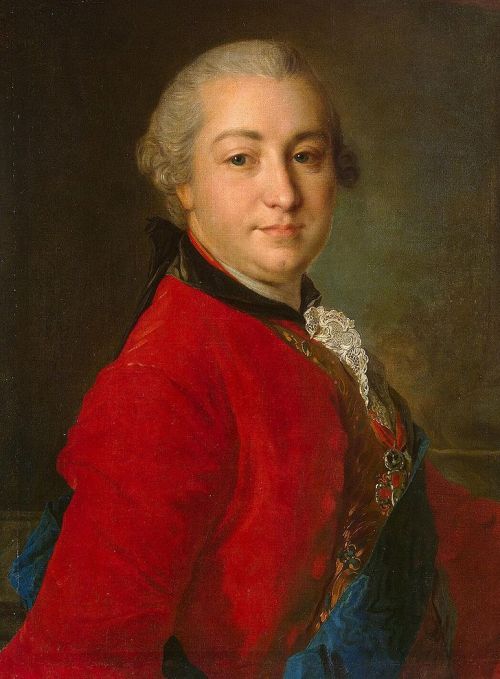
Her other ‘friend,’ Ivan Shuvalov, was far more intelligent than his rival. He was a brilliant diplomat and took an active part in running the country. He also spent time sponsoring science, the arts and literature. In his capacity, Shuvalov developed a friendship with Russia’s most famous scientist of the time, Mikhail Lomonosov, thinking highly of the latter’s contributions to the country’s intellectual development. With the empress’s help, Lomonosov was able to found Moscow University, which today remains one of the few enduring monuments of Elizabeth’s rule.

It seems almost anti-climatic to say that Empress Elizabeth died of natural causes on December 25, 1761. Surely her death was hastened by her brutal lifestyle – after her first 10 years in power she became very overweight and suffered from numerous stress-related illnesses. Still, she did not fall victim to a coup, revolution, poisoning or an affair of the heart.
Beautifully dressed, wonderful to look at, Elizabeth focused only on that which pleased her. Rampaging peasants, economic chaos, a country strictly divided between the haves and have-nots were not her problems. In light of this, history has judged Elizabeth as the “frivolous empress”, and, sadly, she herself might have agreed with that judgement.

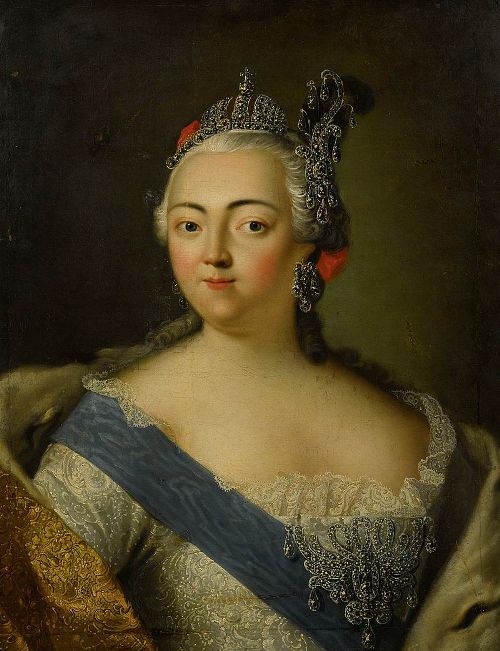
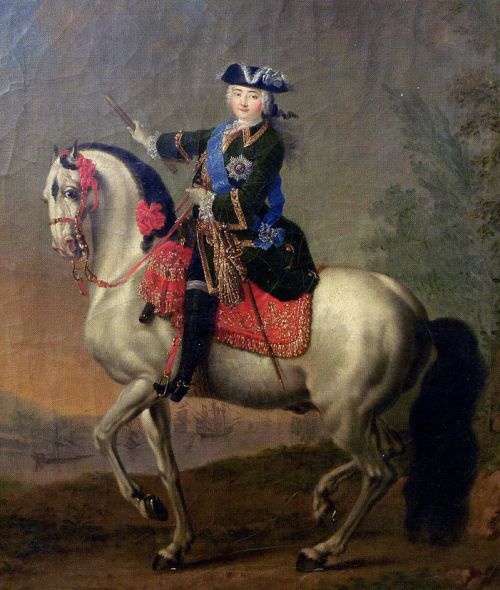


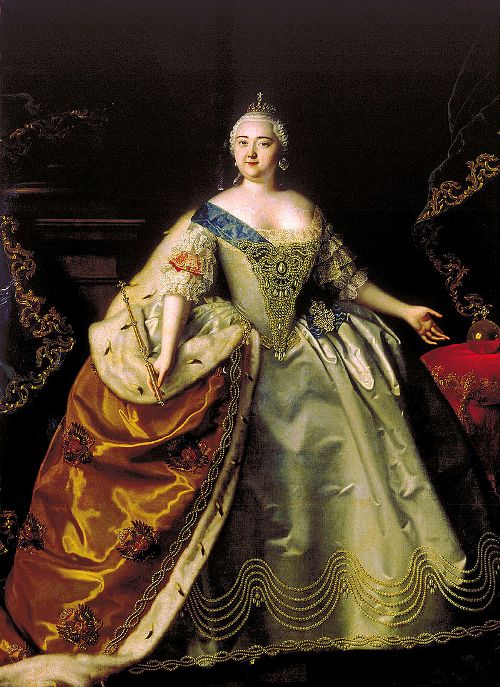
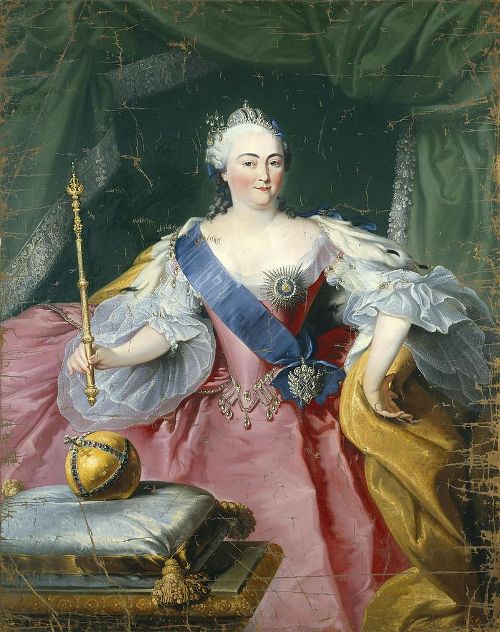
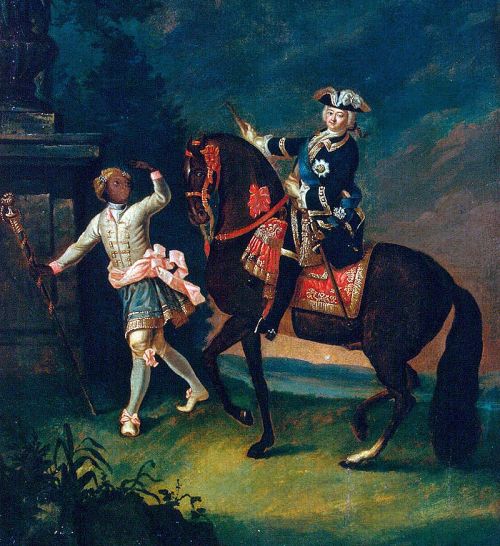

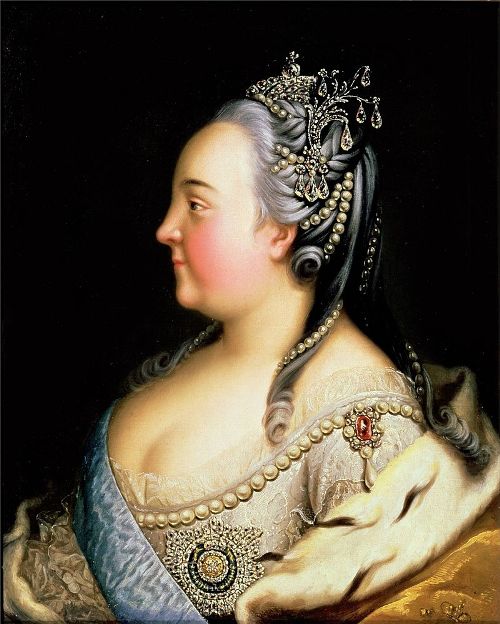


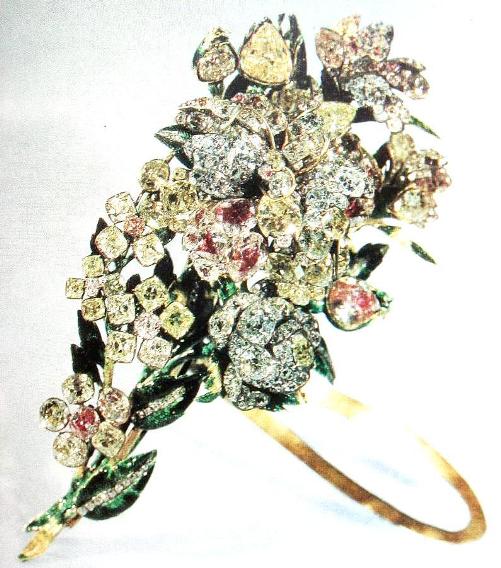
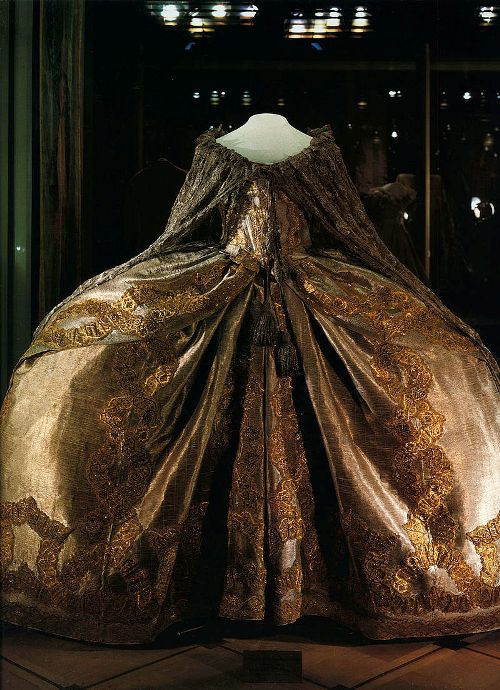
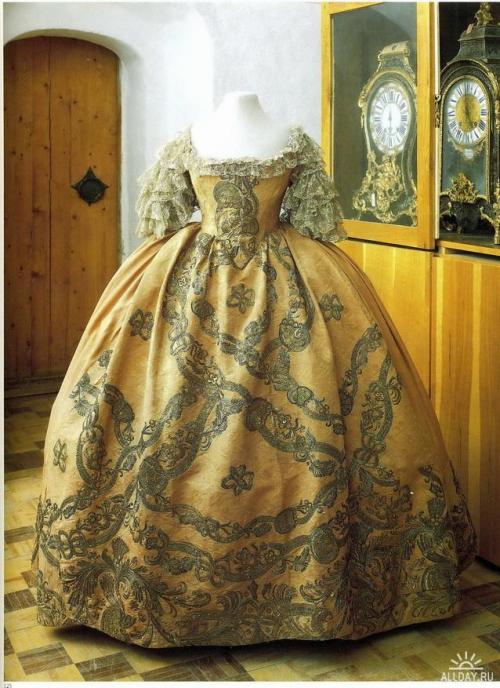


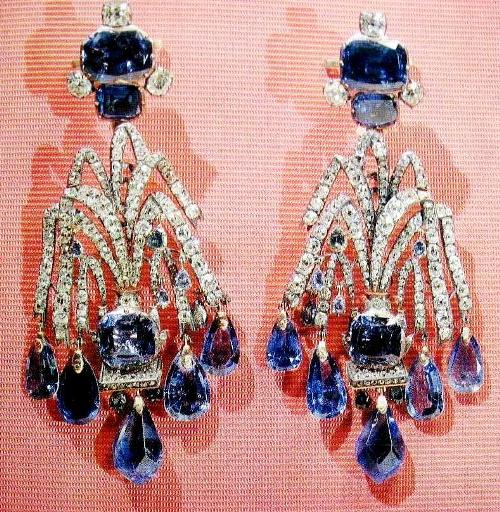
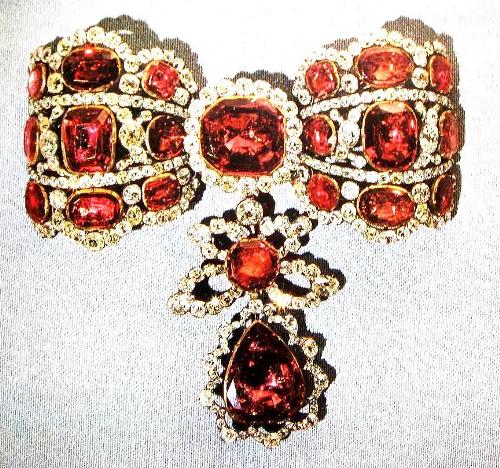
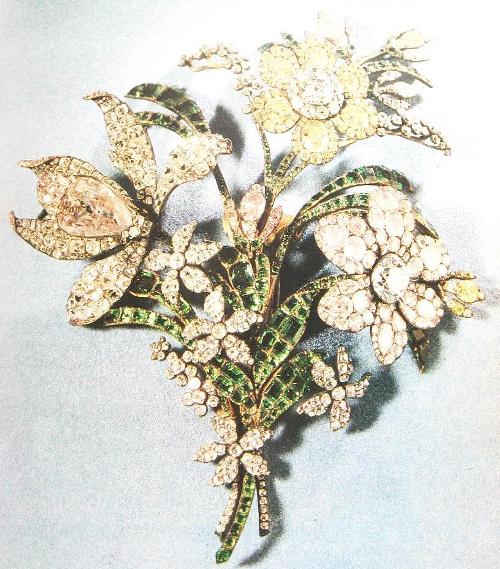
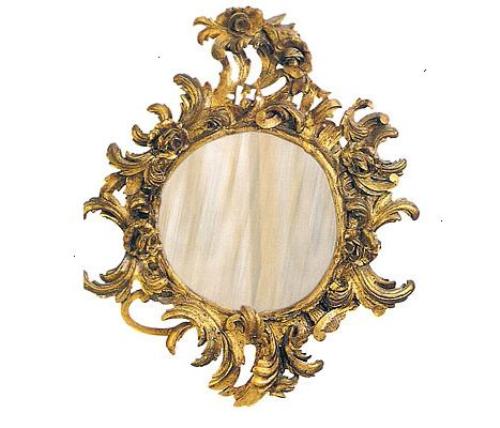

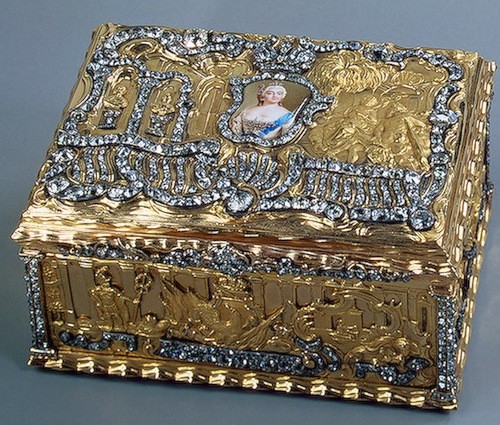

From Russian Life magazine May 1997